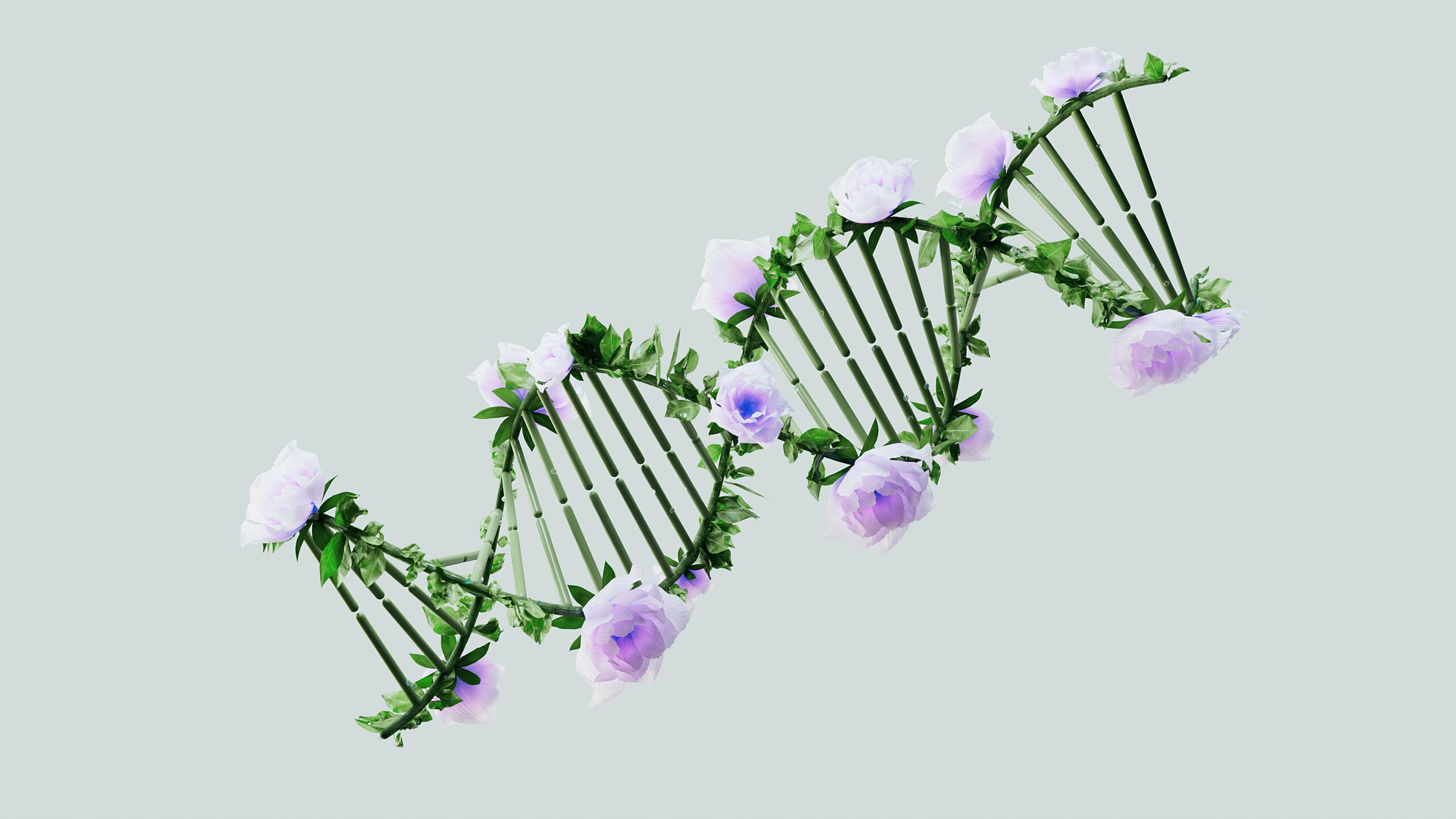The quest for eternal youth has captivated humanity for centuries, but modern science reveals the answer might lie within us: our microbiome holds remarkable anti-aging potential.
🔬 The Microscopic Universe Within: Your Microbiome Explained
Your body hosts trillions of microorganisms—bacteria, viruses, fungi, and other microscopic life forms—collectively known as the microbiome. This complex ecosystem, weighing approximately three pounds, primarily resides in your gut but extends throughout your body. Far from being passive passengers, these microbes actively influence virtually every aspect of your health, from digestion and immunity to mood regulation and, remarkably, the aging process itself.
The gut microbiome functions as a metabolic organ, producing vitamins, breaking down complex carbohydrates, and synthesizing compounds that your body cannot create independently. Recent research has illuminated how this internal ecosystem directly impacts longevity, influencing inflammation levels, cellular repair mechanisms, and even gene expression patterns associated with aging.
The Aging-Microbiome Connection: What Science Reveals
Scientists have discovered striking differences between the gut microbiomes of healthy centenarians and those experiencing accelerated aging. Studies published in leading journals demonstrate that diverse, balanced microbiomes correlate strongly with extended healthspan—the period of life spent in good health—not just lifespan.
As we age, our microbiome naturally undergoes changes. Microbial diversity typically decreases, beneficial bacteria populations decline, and potentially harmful species may proliferate. This shift, called “dysbiosis,” triggers chronic low-grade inflammation known as “inflammaging”—a primary driver of age-related diseases including cardiovascular conditions, diabetes, cognitive decline, and certain cancers.
Key Microbiome Changes During Aging
Understanding how your gut ecosystem transforms over time provides crucial insights for intervention. The aging microbiome exhibits several characteristic patterns that directly impact health outcomes and longevity potential.
Reduced bacterial diversity represents one of the most significant changes. Young, healthy individuals typically harbor hundreds of different bacterial species, while elderly populations often show dramatically diminished variety. This reduction limits the microbiome’s functional capacity and resilience against disturbances.
Specific beneficial bacteria decline with age, particularly Bifidobacterium species, which play crucial roles in maintaining gut barrier integrity, producing anti-inflammatory compounds, and supporting immune function. Simultaneously, potentially pathogenic bacteria may increase, shifting the ecosystem toward a pro-inflammatory state.
💊 The Inflammation Factor: How Your Gut Drives Aging
Chronic inflammation stands as the common denominator in virtually all age-related diseases. Your microbiome profoundly influences systemic inflammation through multiple mechanisms that researchers continue to unravel with increasing sophistication.
The gut barrier—a single-cell-thick lining separating intestinal contents from your bloodstream—depends heavily on microbial health. Beneficial bacteria strengthen this barrier by producing short-chain fatty acids (SCFAs) like butyrate, which nourishes intestinal cells and maintains tight junction integrity. When dysbiosis occurs, this barrier weakens, allowing bacterial fragments and toxins to leak into circulation, triggering widespread immune activation and inflammation.
This phenomenon, termed “leaky gut syndrome” in popular literature or “increased intestinal permeability” in scientific contexts, creates a vicious cycle. Inflammation further damages the gut barrier, allowing more inflammatory triggers to enter the bloodstream, perpetuating chronic immune activation that accelerates cellular aging throughout the body.
Microbial Metabolites: Chemical Messengers of Youth
Your gut bacteria produce thousands of metabolites—chemical compounds generated through microbial metabolism. These molecules function as signaling agents, communicating with distant organs and influencing processes from brain function to bone density. Understanding these compounds reveals actionable pathways for supporting healthy aging.
Short-chain fatty acids deserve special attention for their anti-aging properties. Butyrate, propionate, and acetate—produced when gut bacteria ferment dietary fiber—exert powerful anti-inflammatory effects, enhance insulin sensitivity, support brain health, and may even influence longevity genes called sirtuins. Centenarians consistently show higher SCFA production compared to their less healthy peers.
Trimethylamine N-oxide (TMAO), conversely, illustrates the microbiome’s potential dark side. Certain gut bacteria convert dietary compounds found abundantly in red meat and eggs into TMAO, which research links to increased cardiovascular disease risk and accelerated aging. The balance of bacteria that produce versus consume these compounds significantly impacts TMAO levels and associated health outcomes.
🥗 Feeding Your Fountain of Youth: Dietary Strategies for Microbiome Health
Your dietary choices represent the most powerful tool for shaping your microbiome composition. Unlike your genetic inheritance, which remains largely fixed, your gut ecosystem responds dynamically to nutritional interventions, sometimes within days.
Fiber stands as the cornerstone of microbiome-supportive nutrition. Dietary fiber—which humans cannot digest but gut bacteria ferment enthusiastically—serves as the primary fuel source for beneficial microbes. Modern Western diets typically provide less than half the recommended fiber intake, starving beneficial bacteria and promoting dysbiosis.
The Diversity Principle: Eating for Microbial Variety
Research consistently demonstrates that consuming a wide variety of plant foods directly increases microbial diversity. A landmark study found that people consuming more than 30 different plant types weekly had significantly more diverse microbiomes than those eating fewer than 10 varieties, regardless of total dietary patterns.
This diversity principle extends beyond vegetables to include fruits, whole grains, legumes, nuts, seeds, herbs, and spices. Each plant food contains unique fiber types, polyphenols, and other compounds that selectively feed different bacterial populations, collectively enriching your internal ecosystem.
- Prebiotic-rich foods: Garlic, onions, leeks, asparagus, Jerusalem artichokes, and under-ripe bananas contain specific fiber types that promote beneficial bacteria growth
- Polyphenol sources: Berries, dark chocolate, green tea, extra virgin olive oil, and colorful vegetables provide compounds that beneficial bacteria transform into anti-inflammatory metabolites
- Fermented foods: Yogurt, kefir, sauerkraut, kimchi, kombucha, and miso introduce beneficial live bacteria and support existing populations
- Resistant starch: Cooked and cooled potatoes, rice, and legumes provide fiber that resists digestion, feeding beneficial bacteria in the colon
- Omega-3 fatty acids: Fatty fish, walnuts, flaxseeds, and chia seeds support beneficial bacterial populations and reduce inflammation
🧬 Beyond Diet: Lifestyle Factors That Shape Your Microbiome
While nutrition profoundly influences gut health, numerous lifestyle factors also significantly impact your microbiome composition and, consequently, your aging trajectory. A holistic approach addressing multiple dimensions yields the most dramatic benefits.
Exercise: Movement as Microbiome Medicine
Physical activity independently influences gut microbiome diversity and composition. Studies comparing athletes to sedentary individuals reveal striking differences, with exercisers showing greater microbial diversity and higher levels of bacteria producing beneficial metabolites.
The mechanisms remain under investigation, but appear to involve altered gut transit time, increased gut blood flow, changes in bile acid metabolism, and exercise-induced shifts in immune function. Remarkably, these benefits emerge from moderate, consistent activity—you don’t need extreme athletic performance to positively reshape your internal ecosystem.
Sleep: The Circadian Rhythm Connection
Your microbiome follows circadian rhythms, with bacterial populations fluctuating throughout the day in synchrony with your sleep-wake cycle. Disrupted sleep patterns—whether from shift work, jet lag, or poor sleep hygiene—disturb these rhythms, potentially promoting dysbiosis and inflammation.
Conversely, your gut bacteria influence sleep quality through multiple pathways, including neurotransmitter production and immune signaling. This bidirectional relationship suggests that improving sleep hygiene and supporting microbiome health creates a positive feedback loop promoting both better rest and healthy aging.
Stress Management: The Gut-Brain Axis
Chronic psychological stress dramatically alters gut microbiome composition through the gut-brain axis—the bidirectional communication network linking your central nervous system and digestive system. Stress hormones directly affect bacterial growth, alter gut motility, and compromise barrier integrity.
Practices like meditation, yoga, deep breathing exercises, and time in nature demonstrably reduce stress biomarkers and positively influence microbiome health. Some research suggests these benefits may partially explain how stress-reduction techniques promote longevity and healthy aging.
⚠️ Microbiome Disruptors: What to Avoid
Protecting your microbiome requires awareness of factors that harm this delicate ecosystem. While some disruptions are unavoidable, minimizing unnecessary exposures supports long-term gut health and graceful aging.
Antibiotics represent the most dramatic microbiome disruptor, sometimes reducing bacterial diversity by up to 90% temporarily. While these medications save lives and remain medically necessary in many situations, their overuse poses significant concerns. Recovery may take months, and repeated courses can create lasting changes to microbial composition.
When antibiotics are necessary, evidence supports concurrent probiotic supplementation and aggressive dietary support to minimize damage and accelerate recovery. Never decline medically appropriate antibiotics due to microbiome concerns, but question prescriptions for viral infections where antibiotics provide no benefit.
Hidden Threats in Modern Life
Beyond antibiotics, numerous common substances negatively impact gut health. Artificial sweeteners, despite containing zero calories, alter microbiome composition in ways that may paradoxically increase diabetes risk. Emulsifiers and other food additives used in processed foods can damage the gut barrier and promote inflammation.
Excessive alcohol consumption, smoking, chronic use of certain medications including proton pump inhibitors and NSAIDs, and exposure to environmental toxins all compromise microbiome health. While perfect avoidance remains impossible, mindful reduction of these exposures supports your internal ecosystem’s resilience.
🔮 Personalized Microbiome Optimization: The Future is Now
Emerging technologies enable increasingly personalized approaches to microbiome optimization. Commercial microbiome testing services analyze your gut bacterial composition, providing insights into your unique ecosystem and potentially identifying specific imbalances or opportunities for intervention.
While these tests offer fascinating information, interpreting results requires context. The microbiome field remains relatively young, with knowledge evolving rapidly. No single “optimal” microbiome exists—healthy configurations vary considerably between individuals, influenced by genetics, geography, diet history, and numerous other factors.
Current evidence best supports using microbiome data to guide general dietary strategies rather than pursuing specific bacterial targets. If testing reveals low diversity, for example, focusing on increasing plant variety makes sense. Low butyrate-producing bacteria suggest increasing fiber intake, particularly resistant starch sources.
💡 Practical Implementation: Your 30-Day Microbiome Reset
Transforming knowledge into action requires practical strategies that fit real life. This progressive approach allows your microbiome and your taste preferences to adapt gradually, increasing long-term sustainability.
Week One: Focus on increasing plant diversity. Challenge yourself to consume 30 different plant foods throughout the week, tracking varieties in a simple notebook or smartphone app. Include unusual items like different colored bell peppers, various herbs, or seeds you normally avoid.
Week Two: Add one serving of fermented food daily. Start with familiar options like yogurt if you’re new to fermentation, or explore kimchi, sauerkraut, or kombucha. Simultaneously, incorporate one prebiotic-rich food daily—perhaps a banana with breakfast or garlic in dinner preparations.
Week Three: Implement a consistent eating window. Consider time-restricted eating, consuming all meals within a 10-12 hour period. This pattern supports beneficial bacterial rhythms and may enhance metabolic health independently of diet composition.
Week Four: Introduce lifestyle enhancements beyond diet. Add 20 minutes of moderate exercise daily, practice a 10-minute stress-reduction technique, or improve sleep hygiene by establishing a consistent bedtime routine. Track how these changes affect your energy, digestion, and overall wellbeing.
🌟 The Longevity Payoff: What to Expect
Microbiome optimization rarely produces overnight transformations, but consistent effort yields remarkable cumulative benefits. Many people notice improvements in digestion, energy levels, and mental clarity within weeks. Longer-term benefits—reduced inflammation, enhanced immune function, and protection against age-related diseases—develop more gradually but offer profound returns.
Research on centenarians and healthy agers consistently reveals certain microbiome signatures: high diversity, abundant butyrate-producers, low levels of inflammatory species, and resilience against disturbances. While genetics certainly influence longevity, lifestyle factors—with microbiome health central among them—appear equally or more important for determining healthspan.
The beauty of this approach lies in its accessibility. Unlike expensive anti-aging interventions or exotic supplements, supporting your microbiome requires primarily simple dietary shifts and lifestyle modifications. The fountain of youth doesn’t flow from a mythical spring—it bubbles up from the trillions of microscopic allies residing within you, waiting to be properly nourished and supported.

🎯 Embracing Your Microbial Partners for Lifelong Vitality
The emerging science of microbiome health fundamentally reframes our understanding of aging. Rather than an inevitable decline driven solely by genetic programming and accumulated damage, aging appears substantially modifiable through supporting our microbial ecosystems. This perspective empowers rather than discourages—it suggests we possess more control over our aging trajectory than previously imagined.
Your microbiome represents a renewable resource, capable of positive transformation at any age. Whether you’re thirty or seventy, investing in gut health yields meaningful benefits. The specific interventions remain remarkably consistent across ages: eat diverse plant foods, include fermented items, minimize processed products, manage stress, exercise regularly, and sleep well.
As research advances, increasingly sophisticated interventions will emerge—designer probiotics, targeted prebiotics, personalized dietary algorithms. Yet the fundamentals will likely remain unchanged because they align with our evolutionary history. Humans evolved consuming diverse, fiber-rich plants, living actively, and hosting complex microbial communities. Modern microbiome science essentially rediscovers ancient wisdom, explaining through molecular mechanisms what traditional cultures understood intuitively.
The journey toward graceful aging through microbiome health isn’t about perfection or obsessive restriction. It’s about gradual, sustainable shifts toward patterns that nourish both you and your microbial partners. Each fiber-rich meal, each fermented food, each stress-reducing practice represents an investment in your future self—not just adding years to life, but life to years.
Your fountain of youth doesn’t await discovery in some distant location. It exists within you right now, a dynamic, responsive ecosystem eager to support your health when given proper nourishment and care. The secrets are unlocking rapidly as science advances, but the fundamental message remains elegantly simple: take care of your microbes, and they’ll take care of you.
Toni Santos is a longevity writer and regenerative medicine researcher dedicated to exploring how biology, technology, and ethics can extend healthspan. With a focus on cellular repair and anti-aging biotechnology, Toni examines how next-generation therapies translate lab breakthroughs into real-world vitality. Fascinated by stem cell science, telomere dynamics, and systems biology, Toni’s journey bridges research reviews, expert interviews, and clear public communication. Each article he shares aims to separate evidence from hype—helping readers understand what’s promising, what’s premature, and what truly supports long-term health. Blending molecular biology, clinical insight, and accessible storytelling, Toni investigates interventions that target the root drivers of aging. His work honors responsible innovation—prioritizing safety, transparency, and human wellbeing in the pursuit of extended healthspan. His work is a tribute to: Anti-aging biotechnology grounded in rigorous evidence Cellular rejuvenation pathways that restore function and resilience Stem cell and telomere research advancing ethical longevity care Whether you’re a clinician, researcher, or health enthusiast, Toni Santos invites you to explore the frontiers of regeneration—one discovery, one mechanism, one healthier year at a time.




